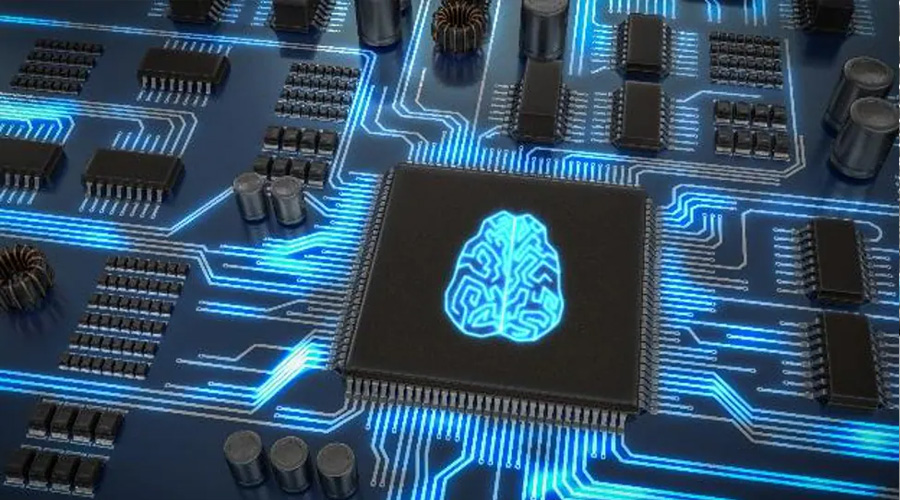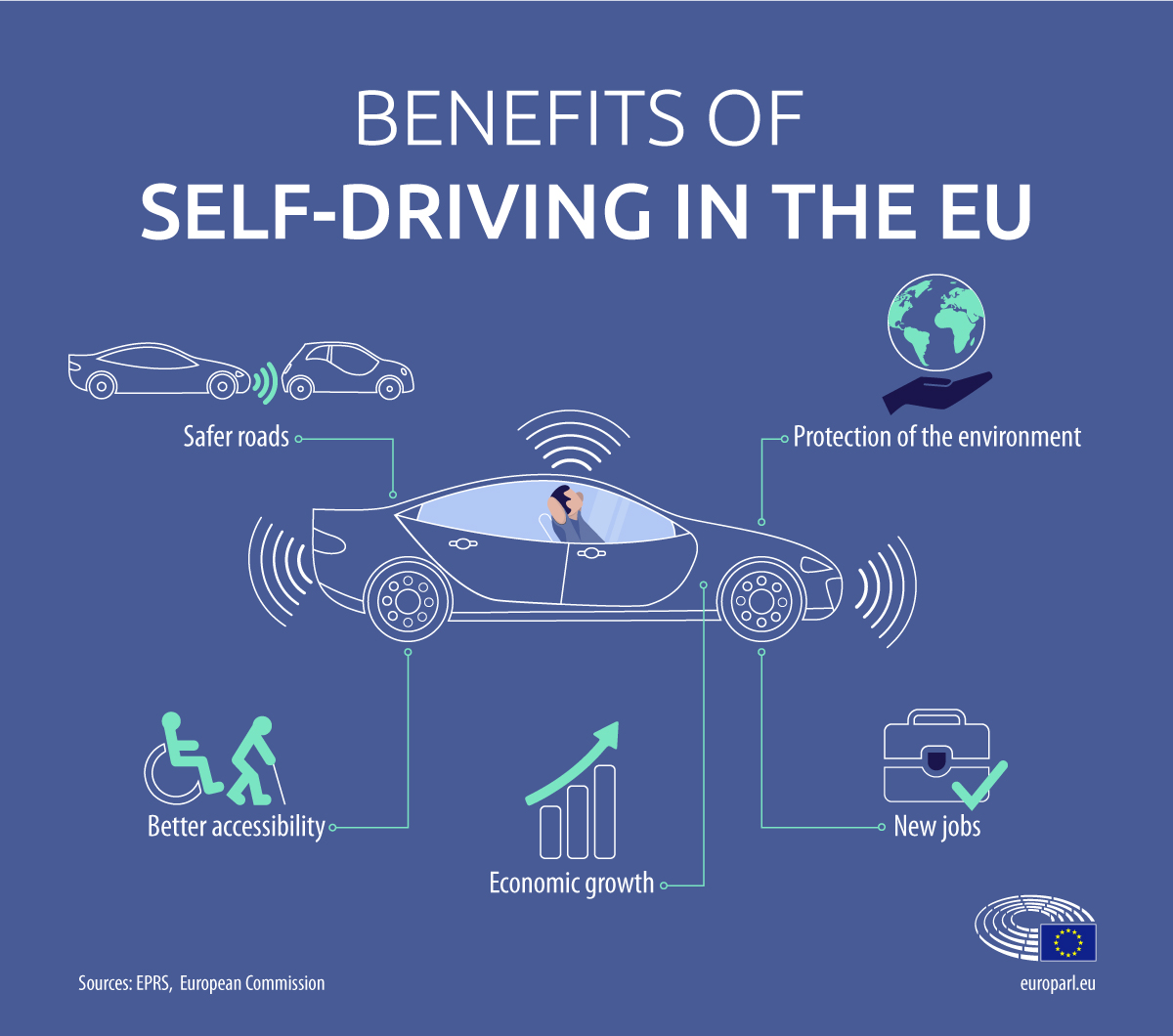Photons instead of electrons: IBM offers new paths for processors and AI
Modern computing capabilities of classical processor architectures have exhausted themselves, IBM is confident. Moreover, they have become an obstacle to the development of machine learning and artificial intelligence systems. The breakthrough is seen in silicon photonics and in-memory computing, where data is processed where it is stored. Today, IBM has proven that they have groped the way to the electronics of the future, in which photons will fly through circuits instead of electrons.






